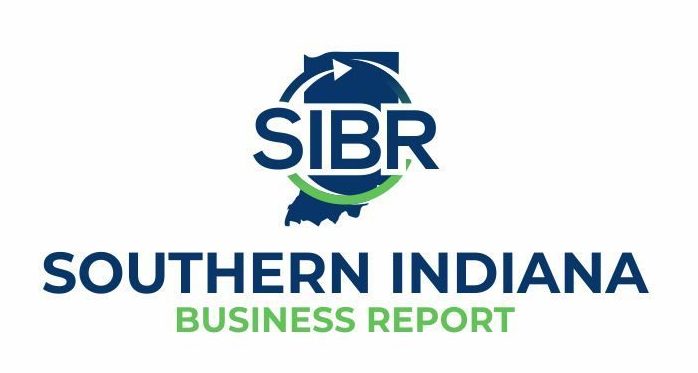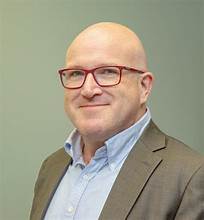Cullen McCarty, Executive Vice President, Smithville
As regional efforts work to address Hoosier workforce attraction, especially in the WestGate@Crane Technology Park regional microelectronics expansion, key elements come into play to elevate quality of life. The higher the quality of life, the more attractive the region becomes to qualified talent. A key fact? High-speed fiber connectivity forms a key foundation on which to build up quality of life, especially in rural areas.
This positive phenomenon is in play in the city of Jasper, where Smithville invested more than $15 million of private funds to completely overbuild this vibrant southern Indiana city with high-speed fiber. In the construction process, which also included the design and development of a 100-gigabit core network node, Smithville created numerous opportunities for economic and workforce development.
As Jasper Mayor Dean Vonderheide publicly affirmed, the availability of symmetrical gigabit (1,000 Mbps downloads and uploads) has become an effective key attraction amenity for talent considering relocation to the Dubois County seat.
Why is high-speed fiber connectivity so important to elevating quality of life and attracting high-quality talent?
- High-speed fiber connectivity improves access to key education opportunities, ranging from K-12 all the way up to accredited graduate programs.
- Workforce training and development programs are often delivered online, requiring stable and reliable high-speed connectivity.
- Healthcare resources, including telehealth for personal primary care and mental health services, leverage high-speed connectivity to expand the secure delivery of healthcare to residents and businesses alike. This also includes the critical capacity for the transfer of large-scale digital image files between providers, hospitals and clinics.
- Elevating quality of life also includes local families having exceptional access to streaming media, online resources for cooking, gardening and other pastimes, and, of course, gaming. Many households can have 10 or more wireless devices accessing the internet at any given moment. Without high-speed broadband capacity, all of this can be suboptimized, lowering the perceived quality of life and possibly making a region or city less attractive.
Planning for future needs
What’s on deck? As Indiana moves forward in elevating quality of life through the must-have resource of high-speed fiber, elected officials and regional planners must also consider the needs of a Fourth Industrial Revolution culture. The web and internet applications are rapidly changing, and all of these changes require forward-looking thinking and planning. What does this mean? Consider that today, some 70% of all internet traffic is video-related.
As technology advances in the manufacturing and enterprise spaces, Indiana will likely see increased use of AI-powered devices and apps, the Internet of Things (IoT), virtual reality (VR), and augmented reality (AR) devices and applications. All of those represent bandwidth-hungry trends.
A critical consideration here? Many current platforms will face capacity issues in the near future. Several of these now-emerging applications will likely be delivered and served from edge data centers connected by fiber. These AI, IoT, VR and AT technologies require extremely low latency (the delay before data transfer begins).
Federal BEAD funding will help promote middle mile connectivity with the hope of spurring additional investments and funding for the last mile of connectivity. These funds may well address certain rural connectivity issues, but Indiana still needs to be thinking about how to be prepared for increased strategic needs in the middle mile broadband realm.
Planning now will help ensure that Indiana has all of the digital and physical resources it needs to not fall behind again. This upfront planning includes the development and execution of a unified Indiana state policy for both permitting and access to rights-of-way. For example, as many reports note, lack of unified utility pole access – coupled with delays and complexities in fiber construction permitting – can directly hamper fast broadband development, especially in rural areas.
Such comprehensive planning, enabling high-capacity (and low latency) fiber as a foundation, will help communities and regions continue to elevate their quality of life and continue to attract and retain 21st century talent that the state needs to succeed.
The city of Jasper, with a fully implemented fiber network and 100-gigabit node, is ready. Will Indiana follow?
Cullen McCarty is executive vice president of Smithville, a nationally recognized top 100 broadband company. This column first appeared in Inside INdiana Business.



